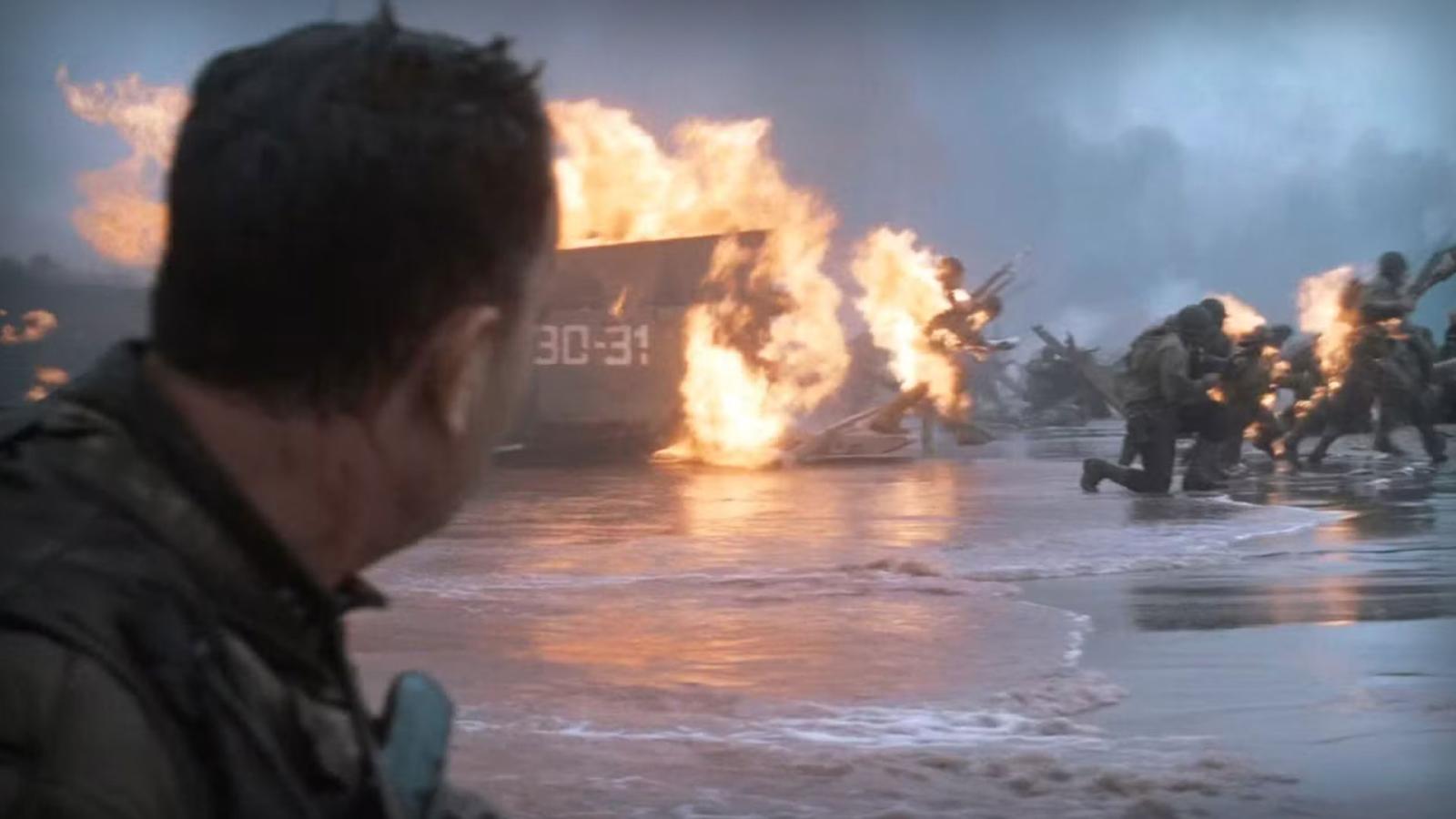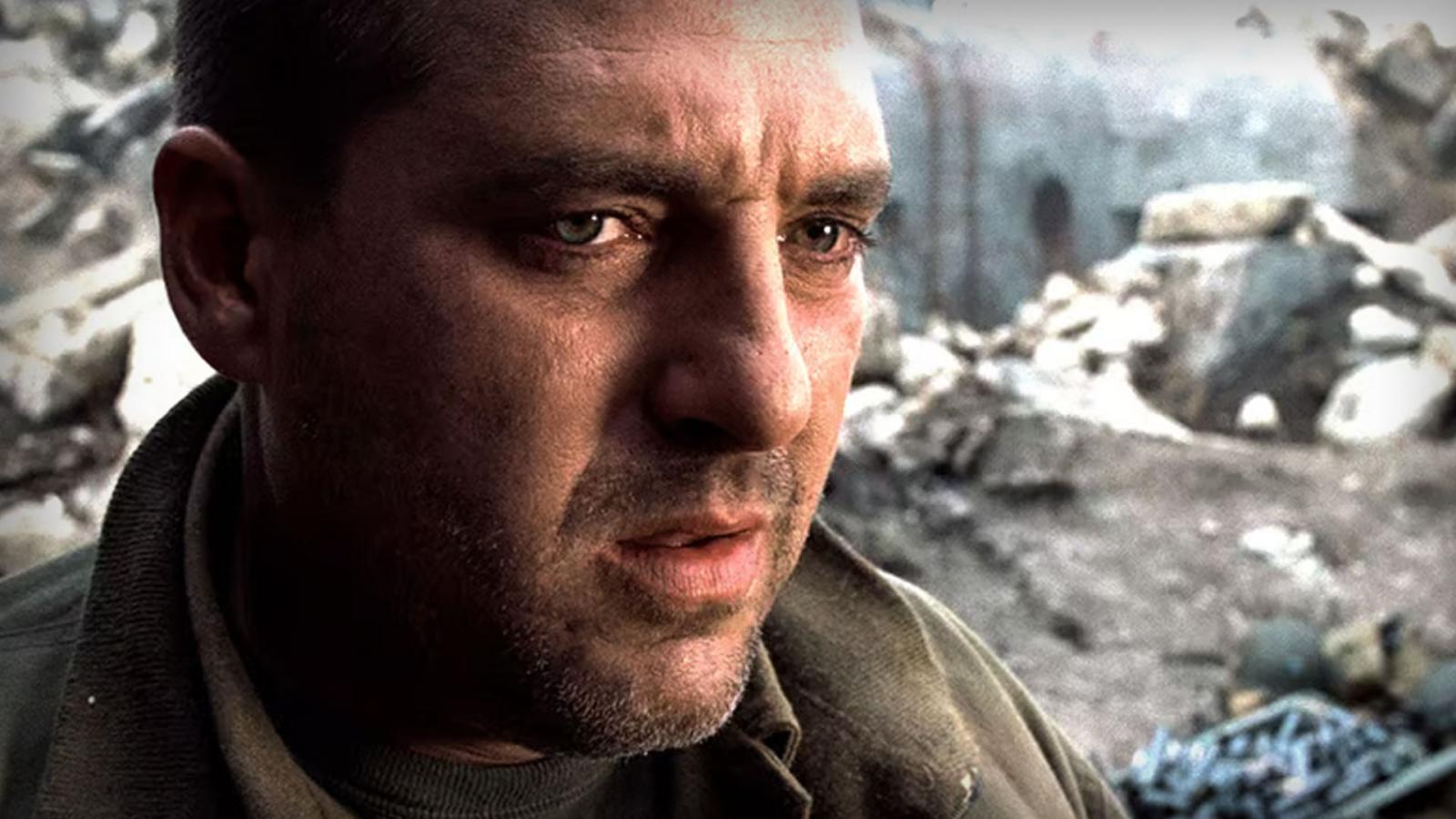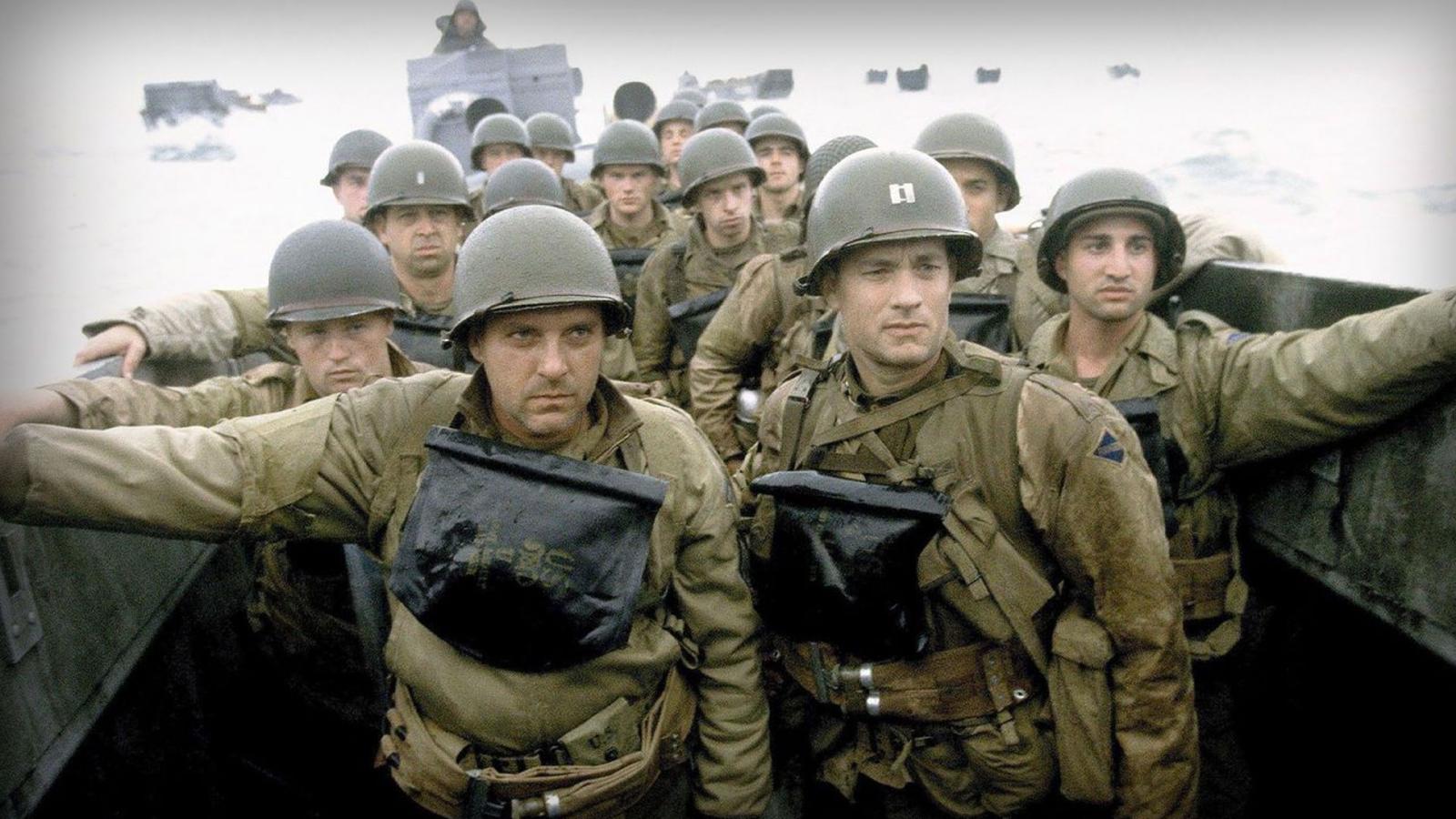Saving Private Ryan (1998): 20 Weird Facts You Didn't Know!

Steven Spielberg's WWII epic didn't just revive the war genre—it forced it to grow up.
Released in 1998, Saving Private Ryan brought modern audiences closer to the trauma of combat than any film before it. But that realism came at a cost. Behind the film's precision was a shoot marked by physical extremes, historical obsession, and a cast pushed to the edge.
These are the 20 real production facts behind Saving Private Ryan—from cast injuries and unscripted breakdowns to military accuracy so intense it made veterans walk out of the theater.
1. The D-Day Sequence Triggered Real PTSD Symptoms
When the film opened, the Omaha Beach sequence shocked audiences—including World War II veterans. Some sat in silence. Others walked out mid-scene. The U.S. Department of Veterans Affairs later confirmed a surge in counseling requests. Spielberg didn't stylize the landing—he reconstructed it with such accuracy that survivors said it felt like being dropped back into combat.
2. Bullet Sounds Were Recorded Using Real WWII Weapons
The film's sound designers used actual vintage firearms, recording them being fired into sand, water, and steel to create authentic effects. These recordings were played back through earpieces during filming, simulating the chaos of machine-gun fire for the actors. The fear on screen wasn't just acting—it was instinct.
3. Explosions Were Real—and Unpredictable

The beach explosions were timed by stunt coordinators, not cues. Cast members weren't told exactly when detonations would hit. Some dropped early, others froze mid-scene. Spielberg captured every reaction in real time. The idea wasn't to choreograph fear—it was to provoke it.
4. Spielberg Rejected the First Script for Being Too Polished
The original screenplay had all the major elements: the mission, the setting, the squad. But Spielberg called it "too clean." He brought in screenwriter Robert Rodat to rewrite it from scratch—less structure, more silence, and a tone closer to lived memory than movie plotting.
5. Matt Damon Was Cast as a Nobody—Then Won an Oscar
Spielberg cast Matt Damon because he was largely unknown. He wanted Private Ryan to feel like "any soldier," not a movie star. But before the film was released, Good Will Hunting made Damon a household name. Spielberg stuck with him, and the unintended stardom added new weight to the story's final scenes.
6. Tom Hanks Took the Role Without Negotiation
Hanks read the script in a single sitting and committed immediately. There were no contract talks or discussions. He later said he felt it would be "an honor" to take part. On set, his performance as Captain Miller stayed quiet and contained by design—a man worn down by leadership, not elevated by it.
7. Spielberg Discovered Vin Diesel Through a Self-Funded Short
Before Fast & Furious, Diesel was an unknown actor funding his own short films. Spielberg saw Multi-Facial—a short Diesel wrote, directed, and starred in—and cast him on the spot as Private Caparzo. No audition. Diesel's death scene became one of the film's most emotionally brutal.
8. The Cast Went Through a Real Boot Camp—Except Damon
Spielberg had the principal cast undergo a 10-day military boot camp to build unity, exhaustion, and realism. Matt Damon was deliberately left out to create distance. Spielberg wanted the other actors to resent him a little—mirroring their characters' eventual bitterness toward the soldier they were sent to save.
9. Tom Sizemore Had to Pass a Drug Test Every Day

Spielberg wanted Sizemore as Sergeant Horvath, but the studio objected due to Sizemore's drug history. Spielberg made a deal: Sizemore could stay if he passed a drug test every single day of production. One failed result, and he'd be fired and recast. He passed every test and turned in one of the film's strongest performances.
10. Hanks' "Earn This" Line Was Unscripted
Captain Miller's dying words to Private Ryan—"Earn this"—weren't in the script. Hanks improvised the line on set. Spielberg didn't call for another take. It became the emotional anchor of the film and one of its most quoted moments.
11. John Williams Scored the Film—but Not the Landing
Spielberg made a deliberate choice: no music during the opening assault. For the first 27 minutes, the film plays without a score—only sound design. Williams' music enters later, used sparingly and with restraint, reinforcing grief rather than glorifying combat.
12. The Boats Were Authentic WWII Landing Craft
Spielberg tracked down and restored five actual Higgins boats—real LCVPs used in the D-Day invasion. Most hadn't seen water in decades. They were rebuilt for use in the film, down to their steel ramps and worn interiors. No replicas were used for the beach landings.
13. The Beach Obstacles Were Historically Accurate

The jagged steel structures seen during the beach sequence were Czech hedgehogs—tank traps used by the Germans. Spielberg had them recreated using period specifications and arranged to match aerial photographs of Omaha Beach on D-Day.
14. The Real "Private Ryan" Was Named Fritz Niland
The story was inspired by U.S. soldier Fritz Niland, whose three brothers were all reported killed in action. The Army pulled him from combat and sent him home. Screenwriter Robert Rodat found the story and used it as the film's moral framework: how much is one life worth?
15. The Final Cemetery Scene Was Shot on Location
The final scene was filmed at the Normandy American Cemetery overlooking Omaha Beach. No sets, no digital replacements. Every headstone seen on camera marks a real fallen soldier. Spielberg kept the crew small and quiet during filming out of respect for the site.
16. It Became the Highest-Grossing WWII Film in History
Saving Private Ryan earned $481 million worldwide in 1998, second only to Armageddon that year. It held the title of highest-grossing WWII film for nearly 20 years, until Christopher Nolan's Dunkirk surpassed it in 2017.
17. Spielberg Refused to Profit From the Film

Spielberg declined both a salary and backend profits. He referred to it as "blood money" and said he didn't feel comfortable earning from the story of real soldiers' sacrifices. His profit share was redirected to veterans organizations.
18. The Film Was Used in PTSD Training
The U.S. Department of Defense began using Saving Private Ryan in training sessions—not for soldiers, but for therapists. It was used to help mental health professionals understand the emotional experiences of WWII veterans.
19. Veterans Sought Counseling After Seeing the Film
The U.S. Department of Veterans Affairs reported a measurable increase in WWII veterans seeking therapy after the film's release. Many had never spoken about their experiences until seeing themselves reflected in the film's opening scenes.
20. The Bixby Letter Reading Left an Orchestra Speechless
During scoring sessions at Boston Symphony Hall, John Williams asked Tom Hanks to read the Abraham Lincoln letter that inspired the film. As Hanks read the Bixby Letter aloud, the orchestra stopped playing. No one moved. The final line left the room silent. It was never part of the soundtrack—but the emotion carried over into every note that followed.
Bonus: The Film Returned to Theaters 25 Years Later
In 2023, Saving Private Ryan was re-released in select theaters to mark its 25th anniversary and the approaching 80th anniversary of D-Day. It wasn't a remaster. There was no marketing push. It was a remembrance. For many first-time viewers, it was their first time seeing it on a big screen. For veterans and their families, it was something else entirely: a film that still carried weight, even decades after its release.